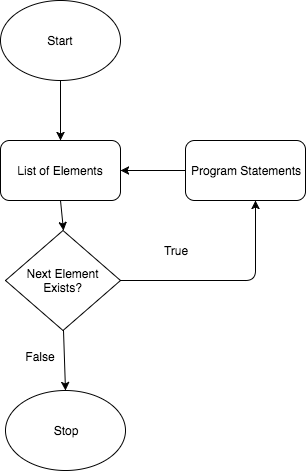The Black Ink Team's Guide To Machine Learning
by Black Ink Team
Machine learning is a subset of artificial intelligence. Some AIs use machine learning, but not all of them. Artificial intelligences are sophisticated programs that are designed to behave somewhat like humans do and to solve complex problems. Machine learning, on the other hand, refers to the ability of computer programs to alter themselves in response to new data. The goal of altering themselves is to improve their functionality.

Let’s give an example: a famous geometry dilemma, called the ‘Traveling Salesman Problem,’ starts with a traveling salesman having to go to an arbitrary number (greater than two) of cities and wanting to travel the shortest distance. Say you wrote a computer algorithm for solving TSP-esque problems, which solved them by taking each city and measuring the distance to the nearest one, then measuring the distance to the next nearest one until there were no cities left, and then at the end it starts over with a new city. It does this until there are no cities left to start on, then it compares the results from all the different permutations and finds the shortest route.
If you added a layer to that algorithm which made it so that, instead of just testing routes based on the shortest distances between neighboring cities, it also tested routes based on the second-shortest distances between cities, and also made it so that the algorithm tests which of those methods produced the best results (and sunsets the less effective one), that would be an example of machine learning.
Machine learning applications require some human supervision at the onset, to train them on what acceptable results are, but after that they can pretty much function autonomously. This makes them a good business investment, because they remove the need for programmers and data scientists to manually test and improve digital processes.
